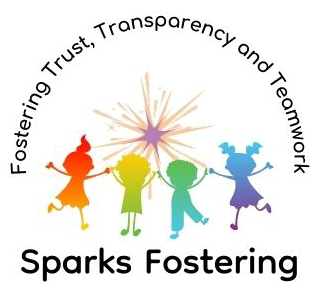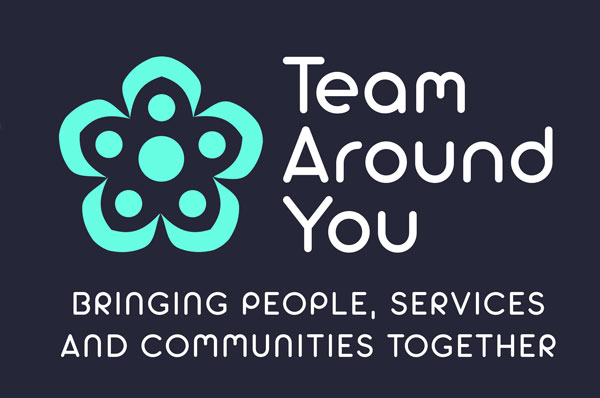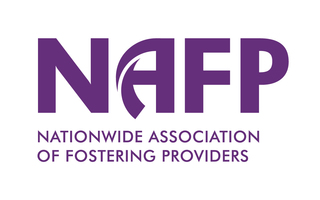Matching Children to SFostering Homesills
Foster carers come to the role with different identities, experience, knowledge and interests. When a home is required for a child looked after, attempts are made to match the child as far as possible to a home which is most likely to be able to meet the child’s needs.
The process for matching a child to the fostering homes starts with the children’s social worker (or their placement team) sending a profile of the child to Sparks Fostering. Sparks Fostering considers which of our foster carers are available, who live in a similar area to the child’s school and would be able to facilitate contact with the child’s parents. Other considerations include the foster carer’s approved age range, the ethnicity/religion/language of the carers etc. Experienced foster carers will be matched more often than newly approved foster carers. The matching process also considers the ability of the prospective carers to safeguard the needs of the children who may be placed, especially when considering specialist care for children (such as children subject of ‘parent and child’ arrangements).
Sparks Fostering discusses the referrals with our suitable foster carers. There is no compulsion for the foster carers to agree to any matches; however, any refusals would need appropriate justification.
Sparks Fostering then sends the profiles of all available foster carers to the children’s social worker (or their team), who will decide which profiles offered (if any) are best suited to meet the needs of the child. Arrangements are then made for the child to move into the fostering home.
In an ideal situation the foster carer and child would have opportunity to meet several times before the child moves into the fostering home; however, more often than not, this is not possible, and the child moves into the fostering home within a few hours of the match being agreed. Foster carers are expected to be sensitive to how stressful a sudden move is for anyone, but especially for children.







